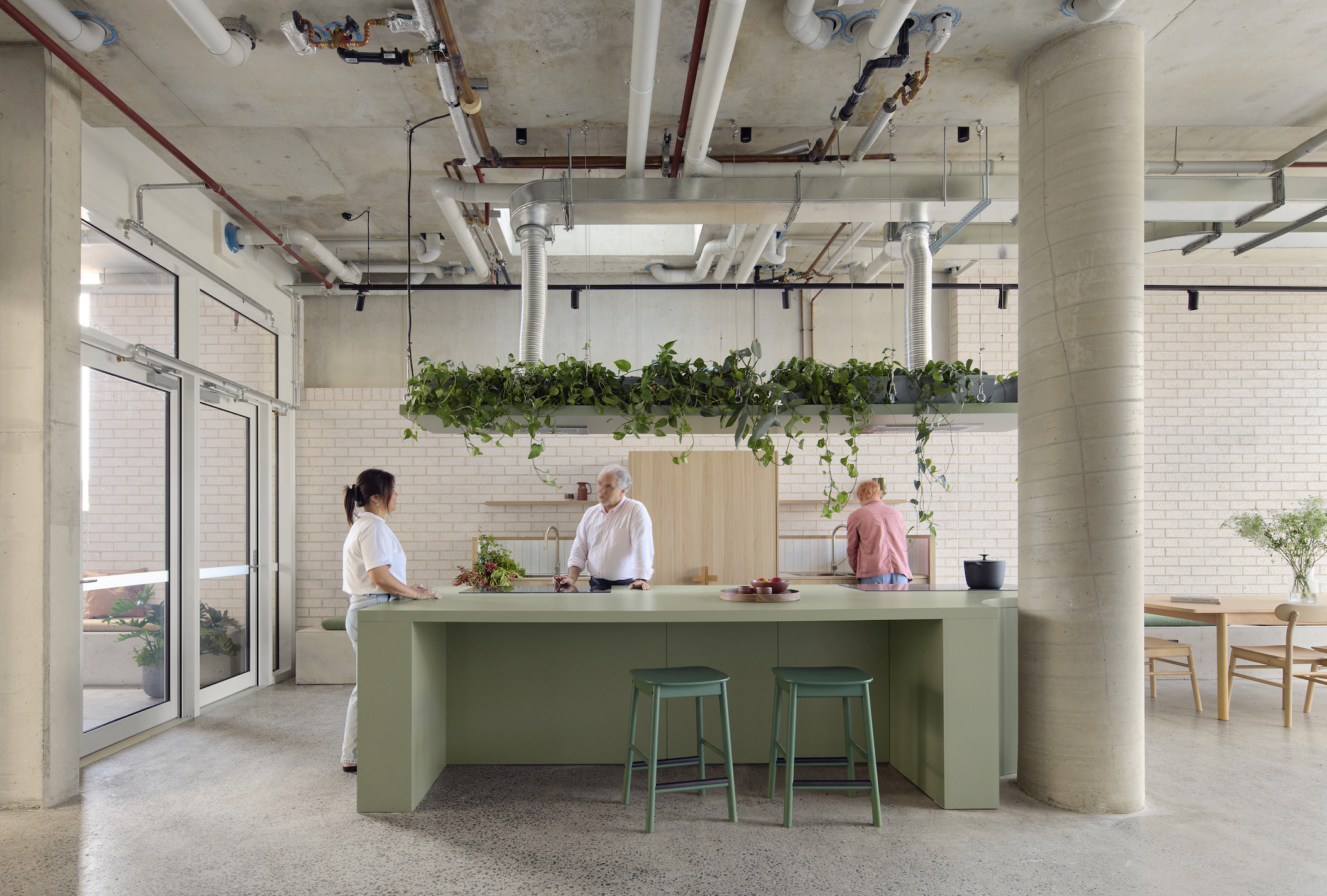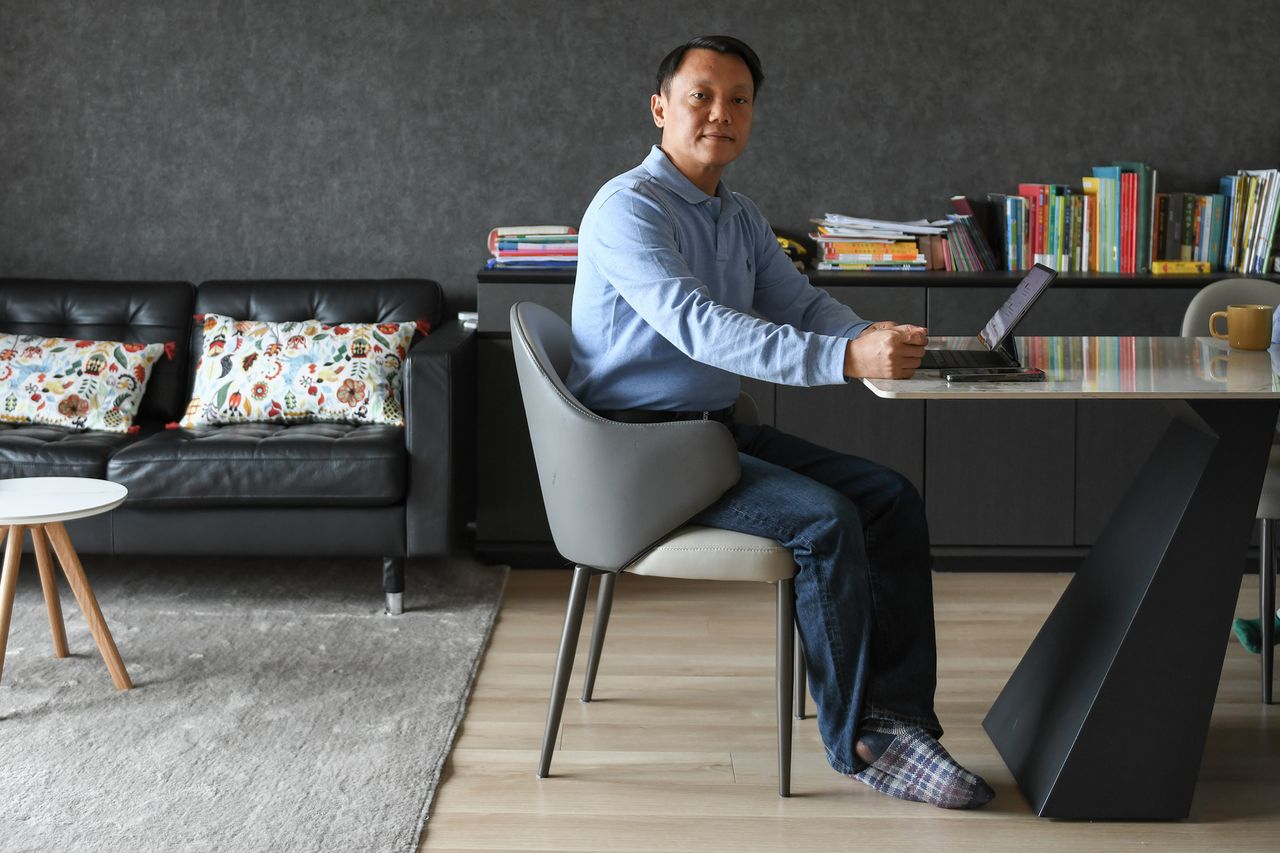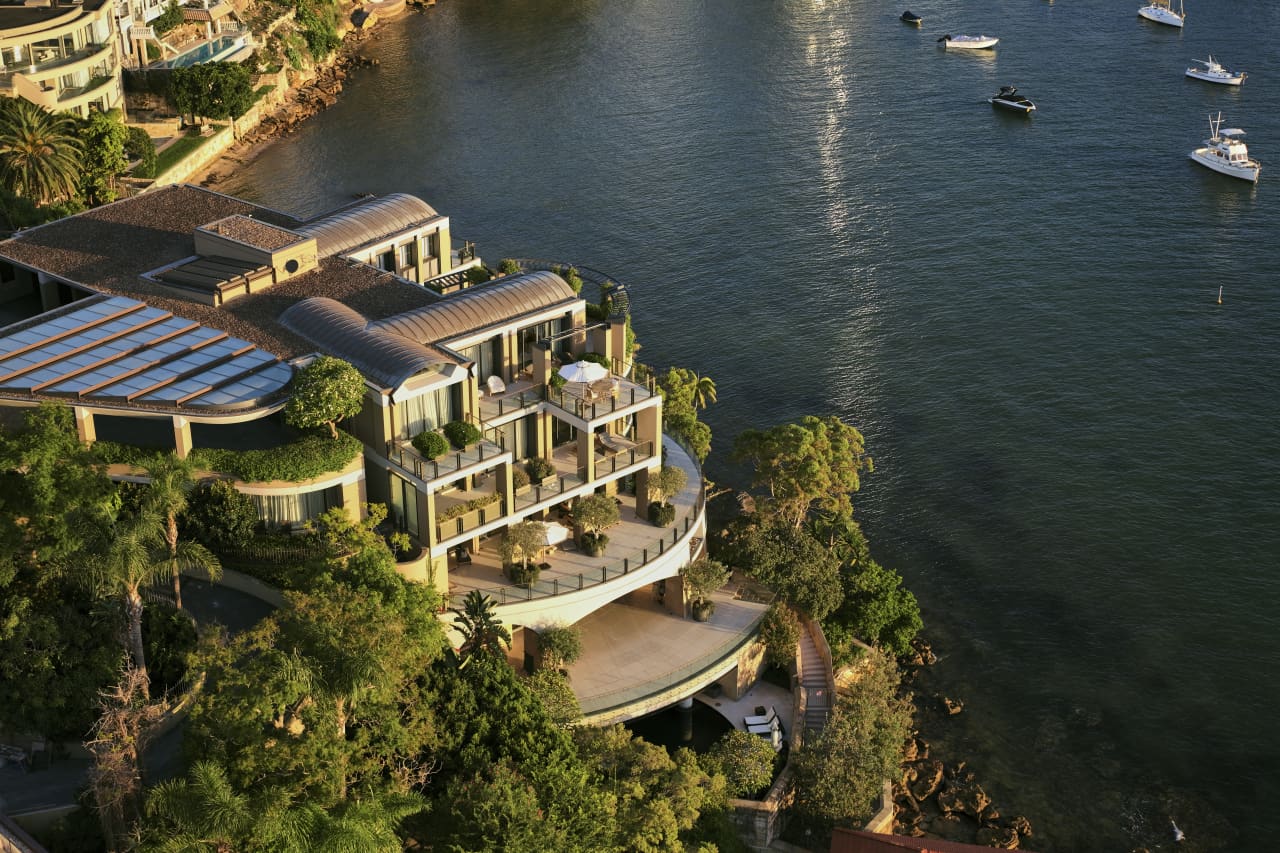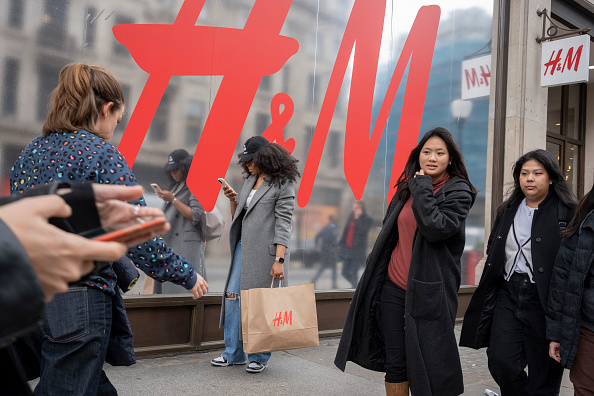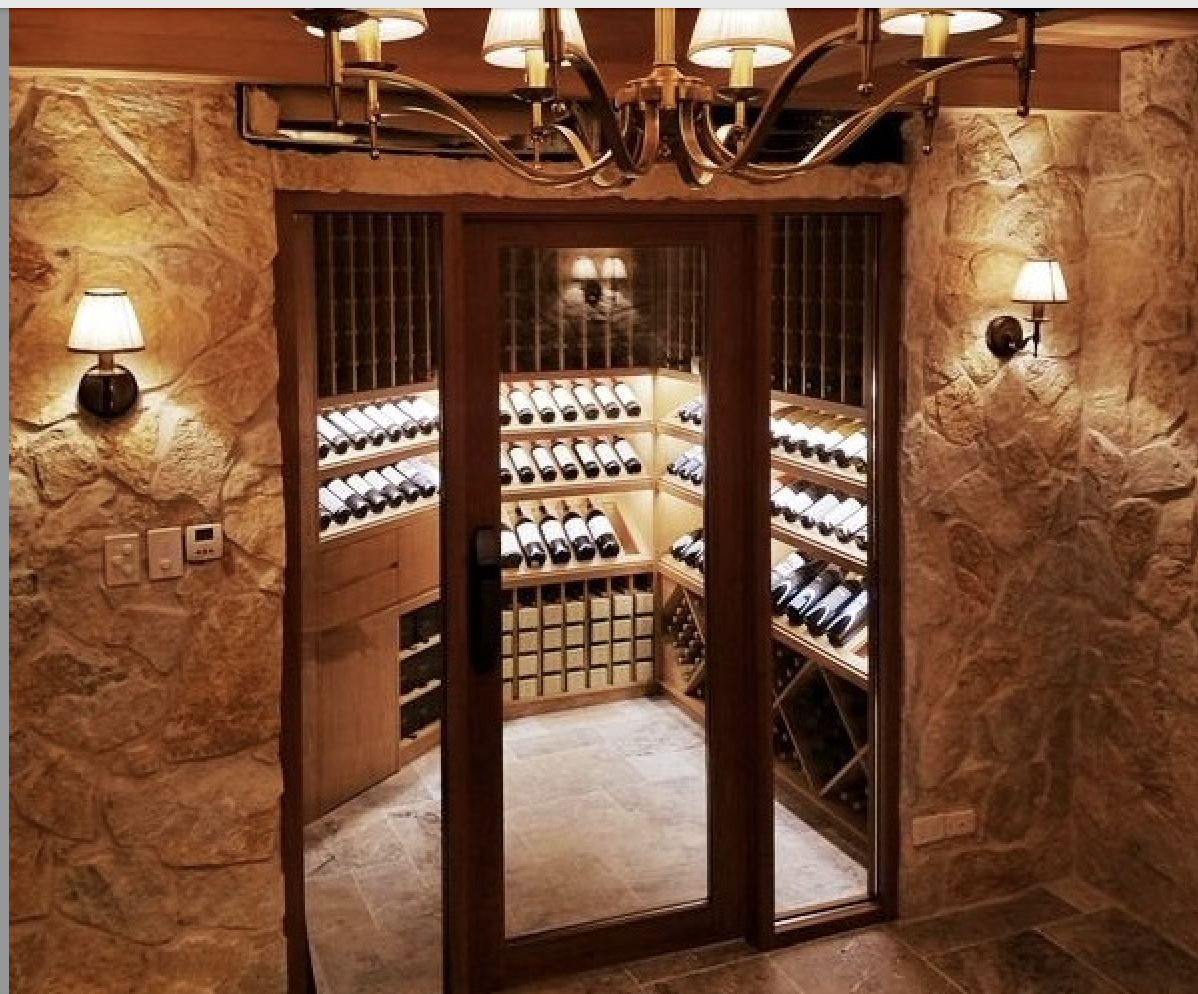The Fremantle cottage rewriting the blueprint for conjuring space
You’ll never guess where they found a little extra room when renovating this west coast house
There was a time, not too long ago, when the most important must-have for would-be renovators was space. It was all about space to be together and space to be apart.
But as house prices increase across the country, the conversation has started to shift from size for the sake of it towards more flexible, well-designed spaces better suited to contemporary living.
For the owners of this 1920s weatherboard workers’ cottage in Fremantle, the emphasis was less on having an abundance of room and more about creating cohesive environments that could still maintain their own distinct moods. Key to achieving this was manipulating the floorplan in such a way that it could draw in light, giving the impression at least of a larger footprint.
See more stories like this in the latest issue of Kanebridge Quarterly magazine. Order your copy here
Positioned on a site that fell three metres from street level, the humble four-room residence had been added to over the years. First order of business for local architect Philip Stejskal was to strip the house back to its original state.
“In this case, they were not quality additions,” Stejskal says. “Sometimes it is important to make sure later additions are not lean-tos.”
The decision to demolish was not taken lightly.
“Sometimes they can be as historically significant as the original building and need to be considered — I wouldn’t want people to demolish our addition in 50 years’ time.”
Northern light hits the site diagonally, so the design solution was to open up the side of the house via a spacious courtyard to maximise opportunities to draw natural light in. However, this had a knock-on effect.
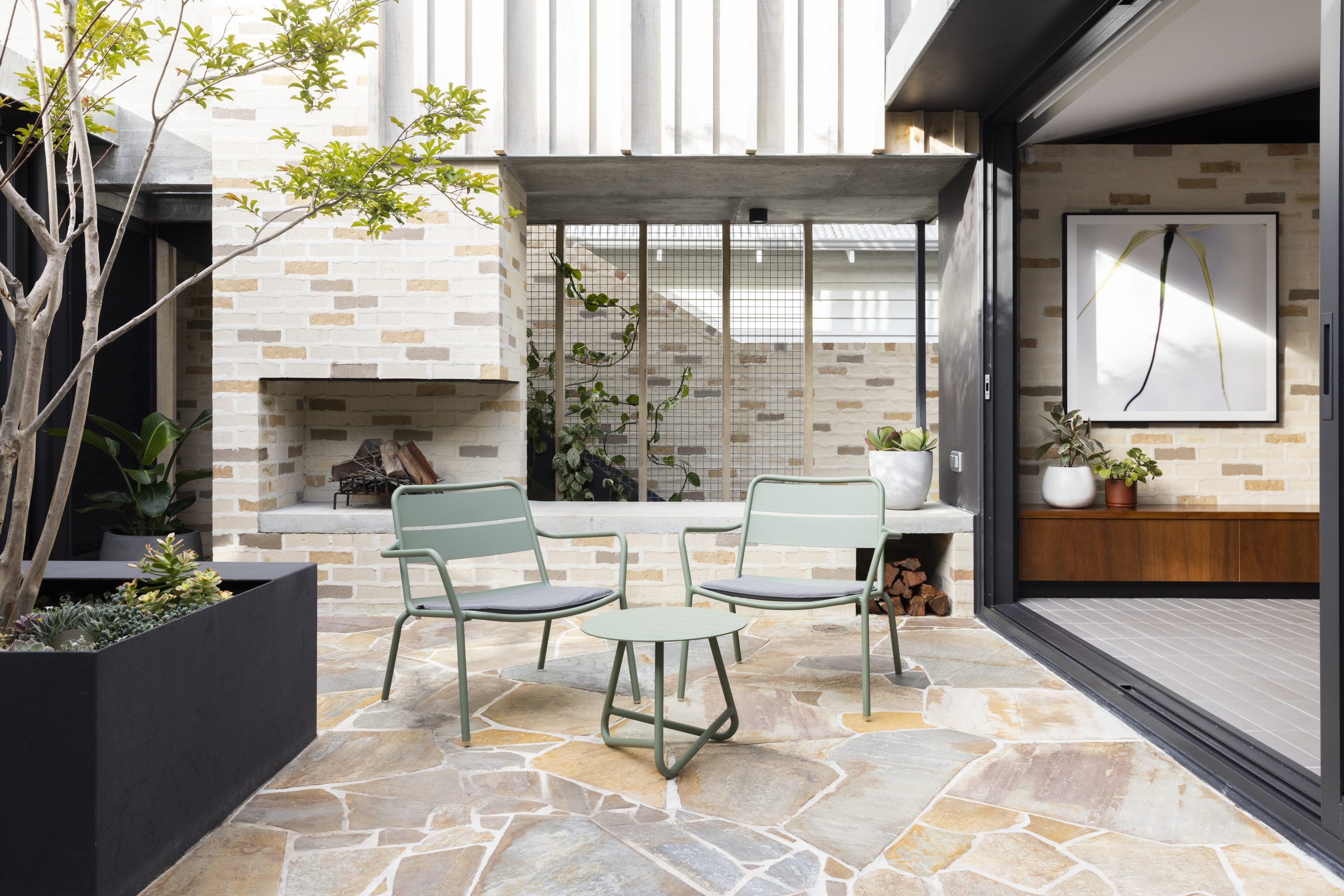
“We had to make space in the middle of the site to get light in,” Stejskal says. “That was one of the first moves, but that created another issue because we would be looking onto the back of the neighbouring building at less appealing things, like their aircon unit.”
To draw attention away from the undesirable view, Stejskal designed a modern-day ‘folly’.
“It’s a chimney and lookout and it was created to give us something nice to look at in the living space and in the kitchen,” Stejskal says.
“With a growing family, the idea was to create a space where people could find a bit of solitude. It does have views to the wider locality but you can also see the port and you can connect to the street as well.”
A garden tap has also been installed to allow for a herb garden at the top of the steps.
“That’s the plan anyway,” he says.
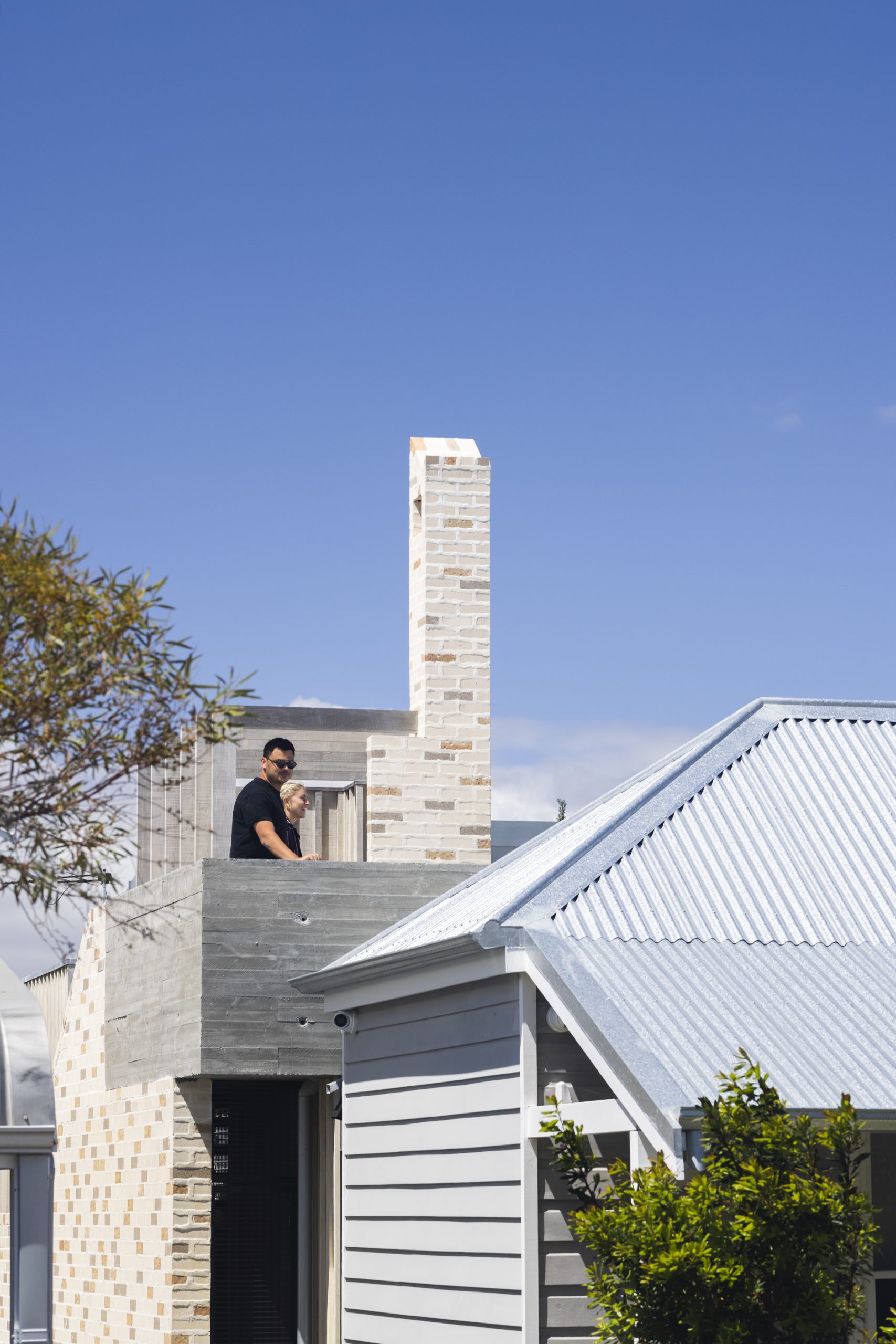
Conjuring up space has been at the core of this project, from the basement-style garaging to the use of the central courtyard to create a pavilion-like addition.
The original cottage now consists of two bedrooms, with a central hallway leading onto a spacious reception and living area. Here, the large kitchen and dining spaces wrap around the courtyard, offering easy access to outdoor spaces via large sliding doors.
Moments of solitude and privacy have been secreted throughout the floorplan, with clever placement of built-in window seats and the crow’s nest lookout on the roof, ideal for morning coffee and sunset drinks.
The house has three bedrooms, including a spacious master suite with walk-in robe and ensuite overlooking the back garden. Adjustable blades on the bedroom windows allow for the control of light, as well as privacy. Although the house was designed pre COVID, it offers the sensibility so many sought through that time — sanctuary, comfort and retreat.
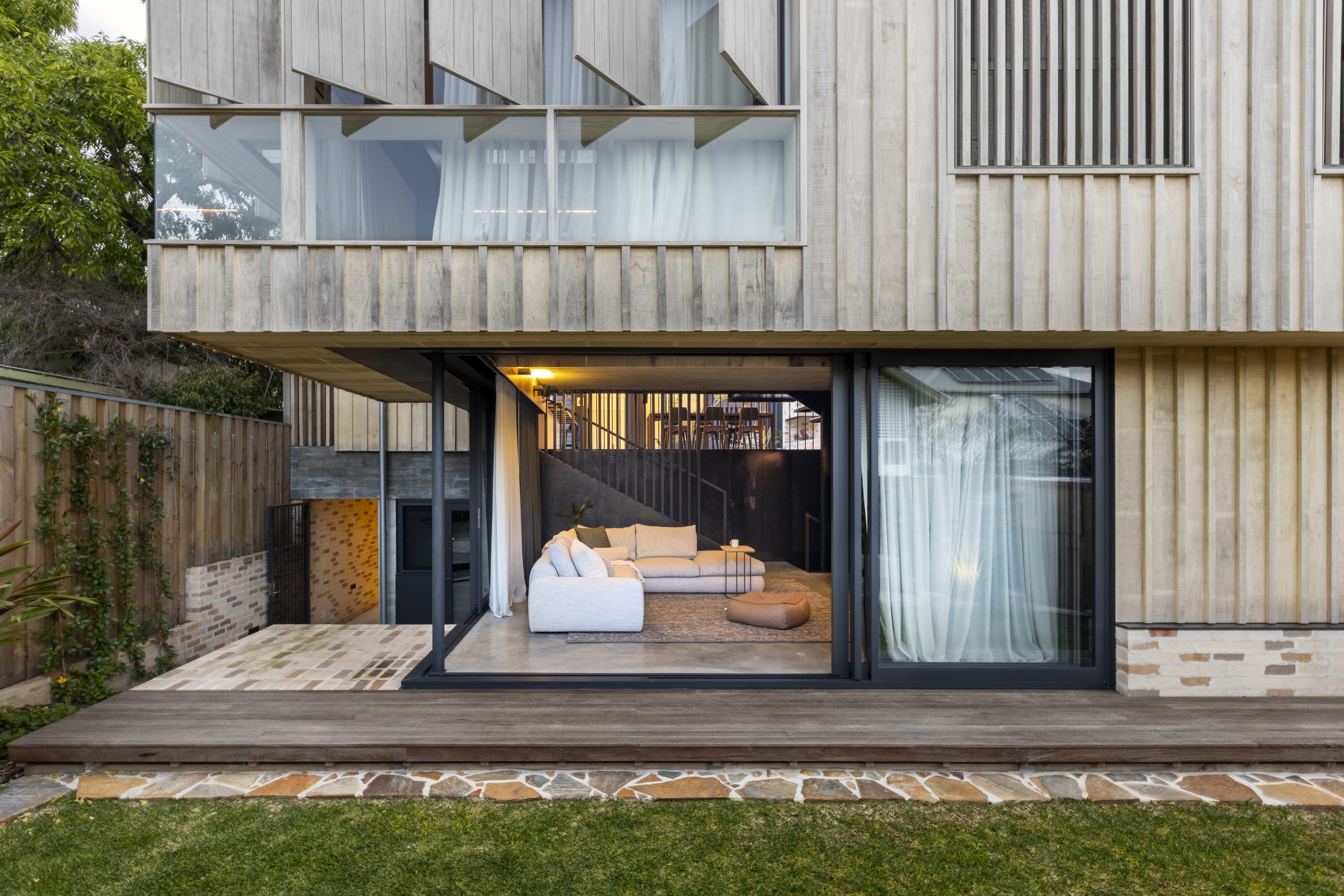
“When the clients came to us, they wanted a house that was flexible enough to cater for the unknown and changes in the family into the future,” Stejskal says. “We gave the owners a series of spaces and a certain variety or moods, regardless of the occasion. We wanted it to be a space that would support that.”
Mood has also been manipulated through the choice of materials. Stejskal has used common materials such as timber and brick, but in unexpected ways to create spaces that are at once sumptuous but also in keeping with the origins of the existing building.
Externally, the brickwork has been finished in beaded pointing, a style of bricklaying that has a softening effect on the varied colours of bricks. For the flooring, crazy paving in the courtyard contrasts with the controlled lines of tiles laid in a stack bond pattern. Close attention has also been paid to the use of veneer on select joinery in the house, championing the beauty of Australian timbers with a lustrous finish.
“The joinery is finished in spotted gum veneer that has been rotary cut,” says Stejskal. “It is peeled off the log like you peel an apple to give you this different grain.”
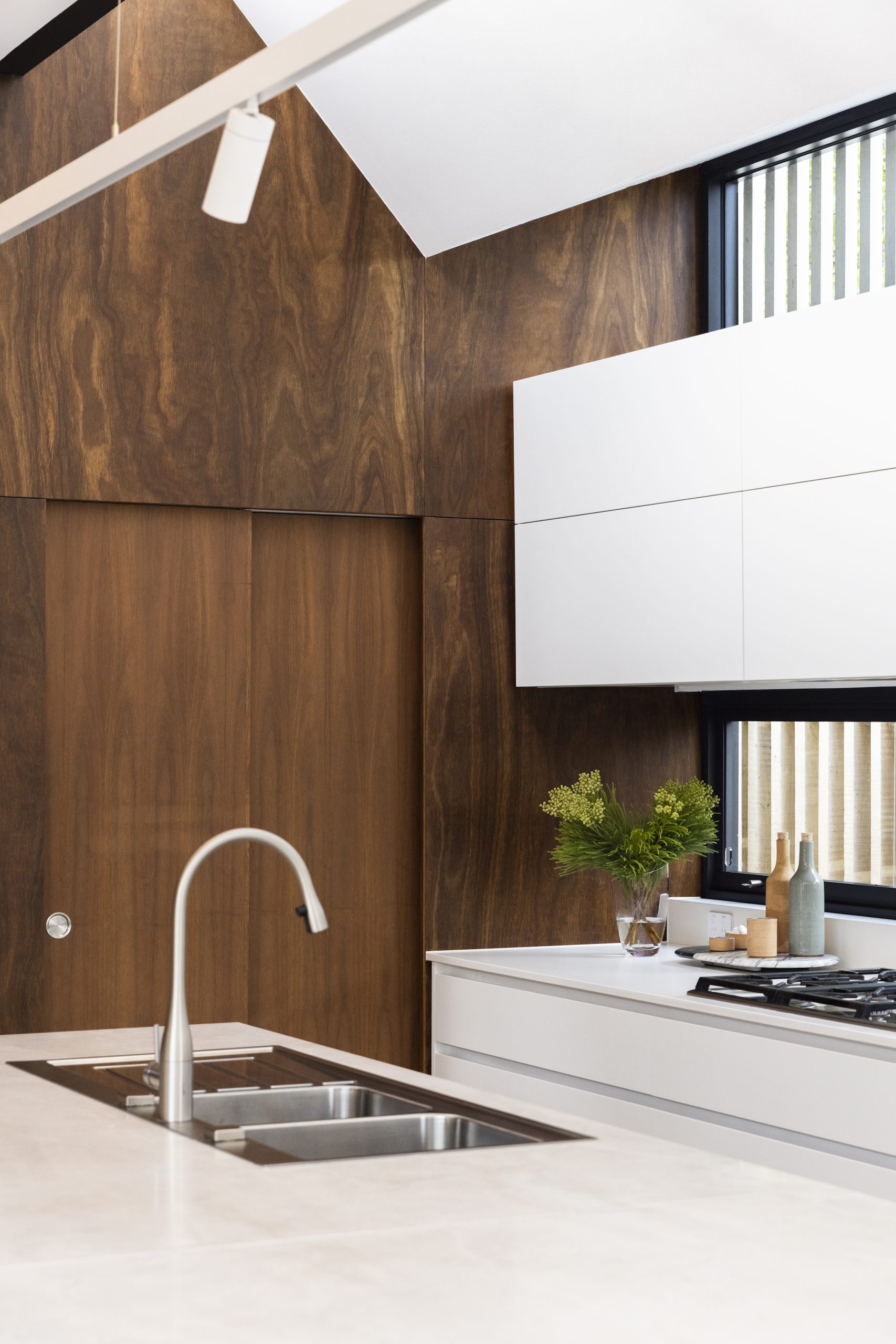
Even the laundry has been carefully considered.
“The laundry is like a zen space with bare stone,” he says. “We wanted these different moods and the landscape of rooms. We wanted to create a rich tapestry in this house.”
The owners now each experience the house differently, highlighting separate aspects of the building as their favourite parts. It’s quite an achievement when the site is not enormous. Maybe it’s not size that matters so much after all.
This stylish family home combines a classic palette and finishes with a flexible floorplan
Just 55 minutes from Sydney, make this your creative getaway located in the majestic Hawkesbury region.
Savvy high net worth players from Australia and Asia are getting on board as the residential landscape shifts
Build-to-rent (BTR) residential property has emerged as one of the key sectors of interest among institutional and private high-net-worth investors across the Asia-Pacific region, according to a new report from CBRE. In a survey of 500 investors, BTR recorded the strongest uptick in interest, particularly among investors targeting value-added strategies to achieve double-digit returns.
CBRE said the residential investment sector is set to attract more capital this year, with investors in Japan, Australia and mainland China the primary markets of focus for BTR development. BTR is different from regular apartment developments because the developer or investor–owner retains the entire building for long-term rental income. Knight Frank forecasts that by 2030, about 55,000 dedicated BTR apartments will have been completed in Australia.
Knight Frank says BTR is a proven model in overseas markets and Australia is now following suit.
“Investors are gravitating toward the residential sector because of the perception that it offers the ability to adjust rental income streams more quickly than other sectors in response to high inflation,” Knight Frank explained in a BTR report published in September 2023.
The report shows Melbourne has the most BTR apartments under construction, followed by Sydney. Most of them are one and two-bedroom apartments. The BTR sector is also growing in Canberra and Perth where land costs less and apartment rental yields are among the highest in the country at 5.1 percent and 6.1 percent, respectively, according to the latest CoreLogic data.
In BTR developments, there is typically a strong lifestyle emphasis to encourage renters to stay as long as possible. Developments often have proactive maintenance programs, concierges, add-on cleaning services for tenants, and amenities such as a gym, pool, yoga room, cinema, communal working spaces and outdoor barbecue and dining areas.
Some blocks allow tenants to switch apartments as their space needs change, many are pet-friendly and some even run social events for residents. However, such amenities and services can result in BTR properties being expensive to rent. Some developers and investors have been given subsidies to reserve a portion of BTR apartments as ‘affordable homes’ for local essential services workers.
Ray White chief economist Nerida Conisbee says Australian BTR is a long way behind the United States, where five percent of the country’s rental supply is owned by large companies. She says BTR is Australia’s “best bet” to raise rental supply amid today’s chronic shortage that has seen vacancy rates drop below 1% nationwide and rents skyrocket 40% over the past four years.
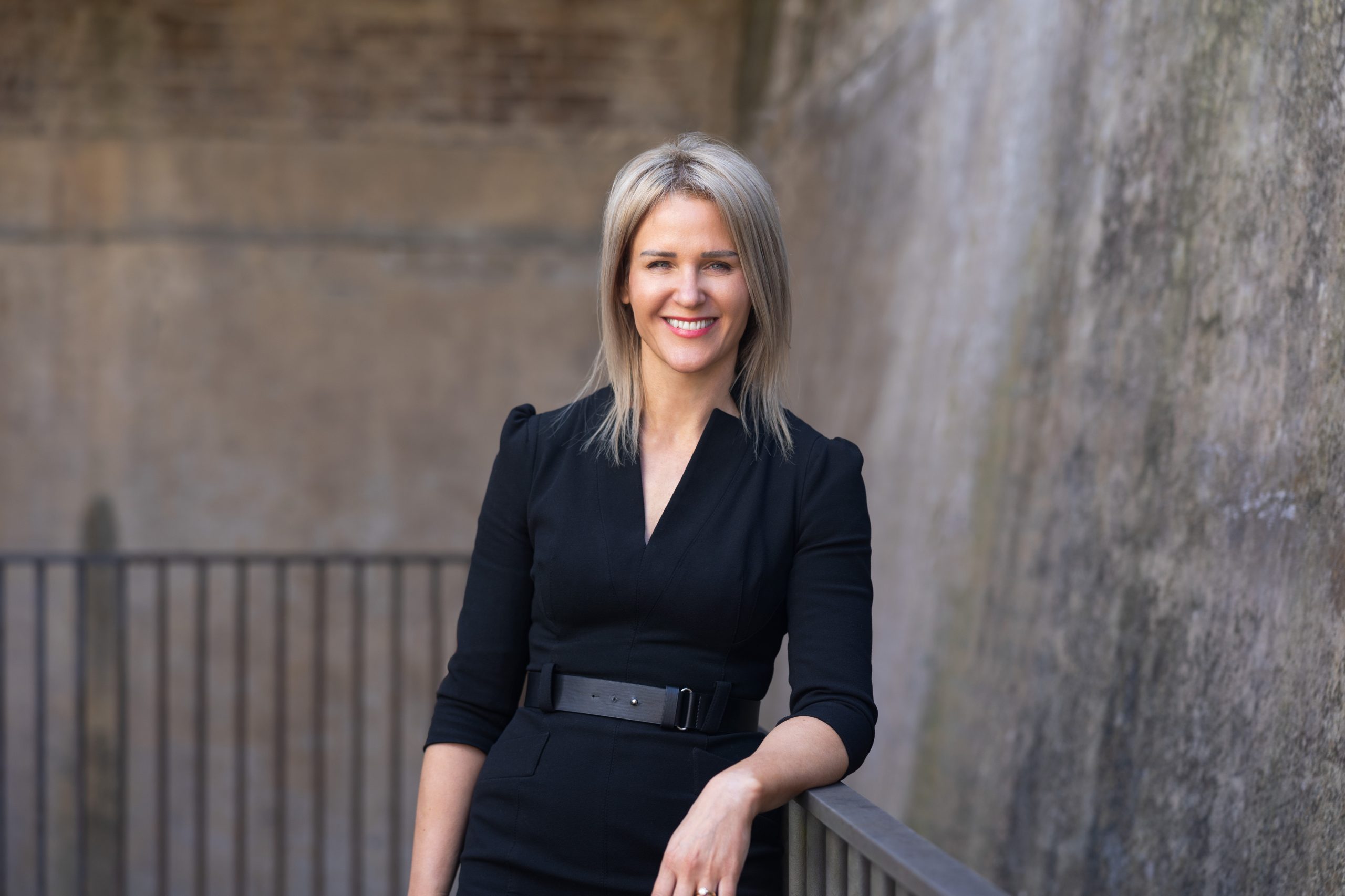
Ms Conisbee says 84 percent of Australian rental homes are owned by private landlords, typically mum and dad investors, and nine percent are owned by governments. “With Australia currently in the midst of a rental crisis, the question of who provides rental properties needs to be considered,” Ms Conisbee said. “We have relied heavily on private landlords for almost all our rental properties but we may not be able to so readily in the future.” She points out that large companies can access and manage debt more easily than private landlords when interest rates are high.
The CBRE report shows that Asia-Pacific investors are also interested in other types of residential properties. These include student accommodation, particularly in high migration markets like Australia, and retirement communities in markets with ageing populations, such as Japan and Korea. Most Asia Pacific investors said they intended to increase or keep their real estate allocations the same this year, with more than 50 percent of Australian respondents intending to invest more.
This stylish family home combines a classic palette and finishes with a flexible floorplan
Consumers are going to gravitate toward applications powered by the buzzy new technology, analyst Michael Wolf predicts












